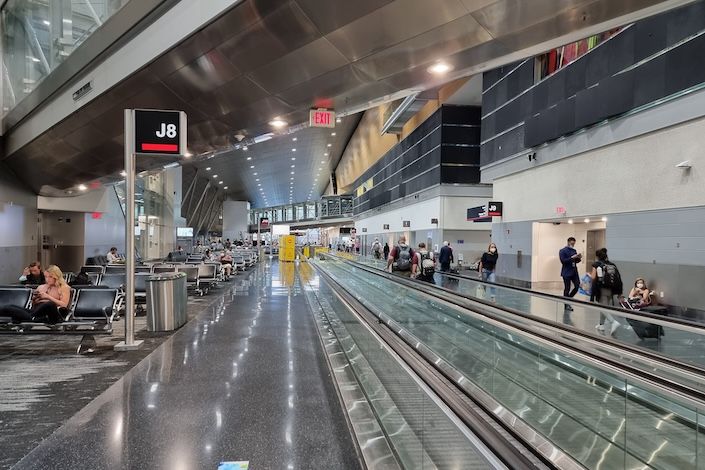Where travel agents earn, learn and save!
News / MIA and SITA launch the largest single deployment of automated passport screening in the U.S.
Initiative brings automated and more secure border processing to one of the U.S.’s busiest international gateways

As North American airports race to modernize border processing, Miami International Airport (MIA)
introduced U.S. Customs and Border (CBP) Protection’s Enhanced Passenger Processing (EPP), which leverages SITA Smart Path technology to deliver faster and more secure arrivals for U.S. citizens. MIA, in collaboration with CBP, is one of several U.S. airports to go live with EPP this year and is home to CBP’s largest single deployment of EPP.
At MIA, CBP’s EPP initiative leverages SITA’s Smart Path platform to capture and process biometric photos during inspection, verifying travelers by matching images against CBP’s records within three seconds. This automation reduces wait times while upholding the highest security standards. At MIA, the process involves 12 biometric face pods across MIA’s three passport control facilities, located in concourses D, E, and J, making it CBP’s largest single EPP deployment to date. MIA’s broader digital transformation strategy may include future expansion.
The mobile wireless-enabled pods can be repositioned as passenger flow changes, helping CBP optimize staffing and throughput. Each unit is equipped with agent-facing screens for real-time monitoring, ensuring that the technology enhances both passenger experience and officer oversight.
Digital transformation is accelerating across North America
According to SITA’s latest Air Transport IT Insights, 53% of North American airlines are already investing in biometric and digital identity management, outpacing the global average. Meanwhile, nearly 60% of airports have implemented touchless passenger flow technologies, indicating that the region is at the forefront of aviation’s digital transformation.
The introduction of EPP at MIA directly supports this trend, enabling more efficient processing without the need for new infrastructure, and demonstrating how biometrics and mobile connectivity can help alleviate congestion as passenger volumes increase.











